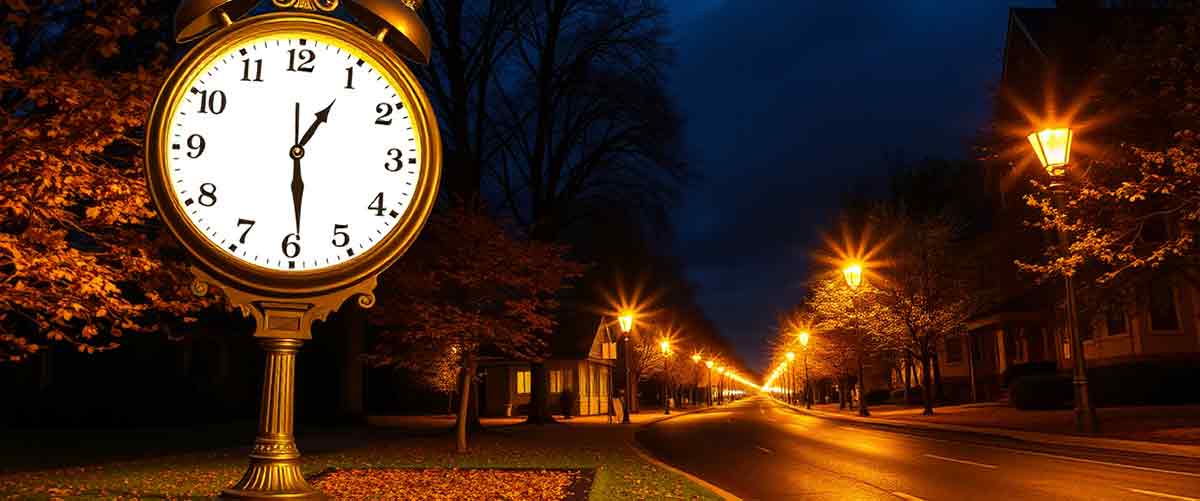
Daylight Saving Time (DST) is one of those changes that affect millions of people every year—yet many don’t know who invented it or why. In this article, we’ll explore the fascinating history behind DST, the key people involved, its original purpose, and how it impacts modern life.
The idea of adjusting time to make better use of daylight isn’t new. Ancient civilizations like the Romans reportedly adjusted their schedules based on sunlight, but the modern concept of Daylight Saving Time dates back to the late 19th and early 20th centuries.
In 1895, George Vernon Hudson, a New Zealand entomologist, proposed the idea of shifting clocks forward to gain more daylight hours in the evening. He valued extra daylight for collecting insects after his day job. His idea received some interest but wasn’t widely adopted at the time.
In 1907, British builder William Willett became a strong advocate for Daylight Saving Time. He believed people wasted daylight by sleeping through early morning sunlight in the summer. Willett published a pamphlet titled “The Waste of Daylight” and lobbied the British Parliament to adopt the change. Sadly, he died in 1915 before seeing his idea come to life.
Daylight Saving Time was first implemented during World War I. Germany and Austria-Hungary adopted it in 1916 to conserve fuel and energy by reducing the need for artificial lighting. Soon after, other countries, including the UK and the United States, followed suit.
Originally, DST was introduced to:
Save energy and fuel during wartime.
Maximize daylight during waking hours.
Increase productivity and reduce lighting costs.
While the energy-saving benefits were more relevant in the past, today’s digital and energy-efficient world raises the question: do we still need DST?
More daylight for outdoor activities.
Boosts in retail and tourism.
Health risks due to disrupted sleep.
Increased accidents during clock changes.
Limited energy savings with modern lighting.
Not all countries observe Daylight Saving Time. Countries near the equator typically don’t need it, as daylight hours remain fairly constant. Some countries have abolished DST altogether, while others continue to debate its relevance.
Daylight Saving Time has a complex and sometimes controversial history. Although it started as a way to save energy, modern research questions its effectiveness. Whether DST stays or goes, one thing’s for sure: that hour forward (or back) continues to spark confusion and conversation every year.
DST was introduced to:
Opponents cite:
National Geographic – The History and Impact of Daylight Saving Time
https://www.nationalgeographic.com/science/article/daylight-saving-time
Timeanddate.com – DST Explained: Origins, Purpose, and Pros/Cons
https://www.timeanddate.com/time/dst/history.html